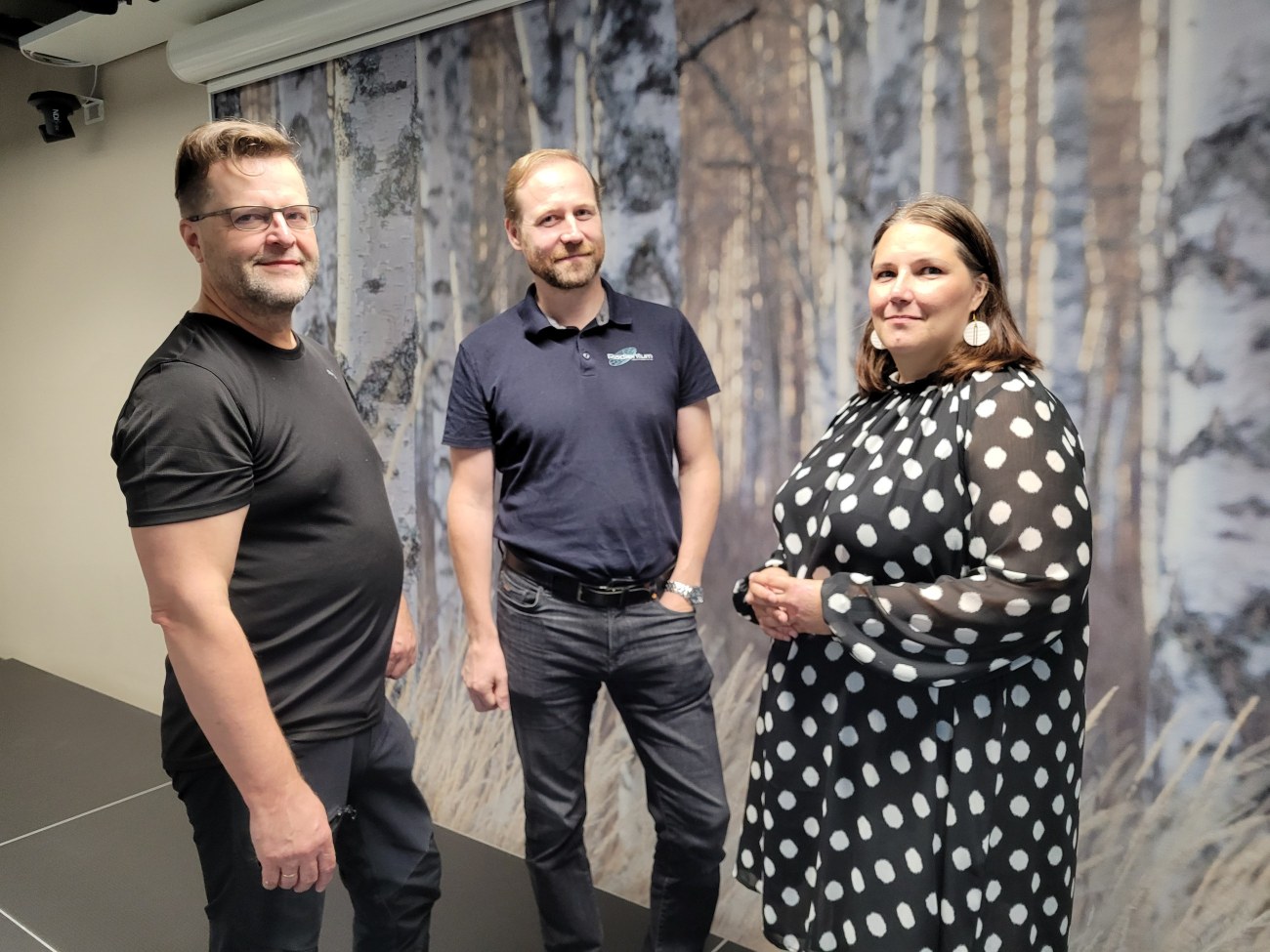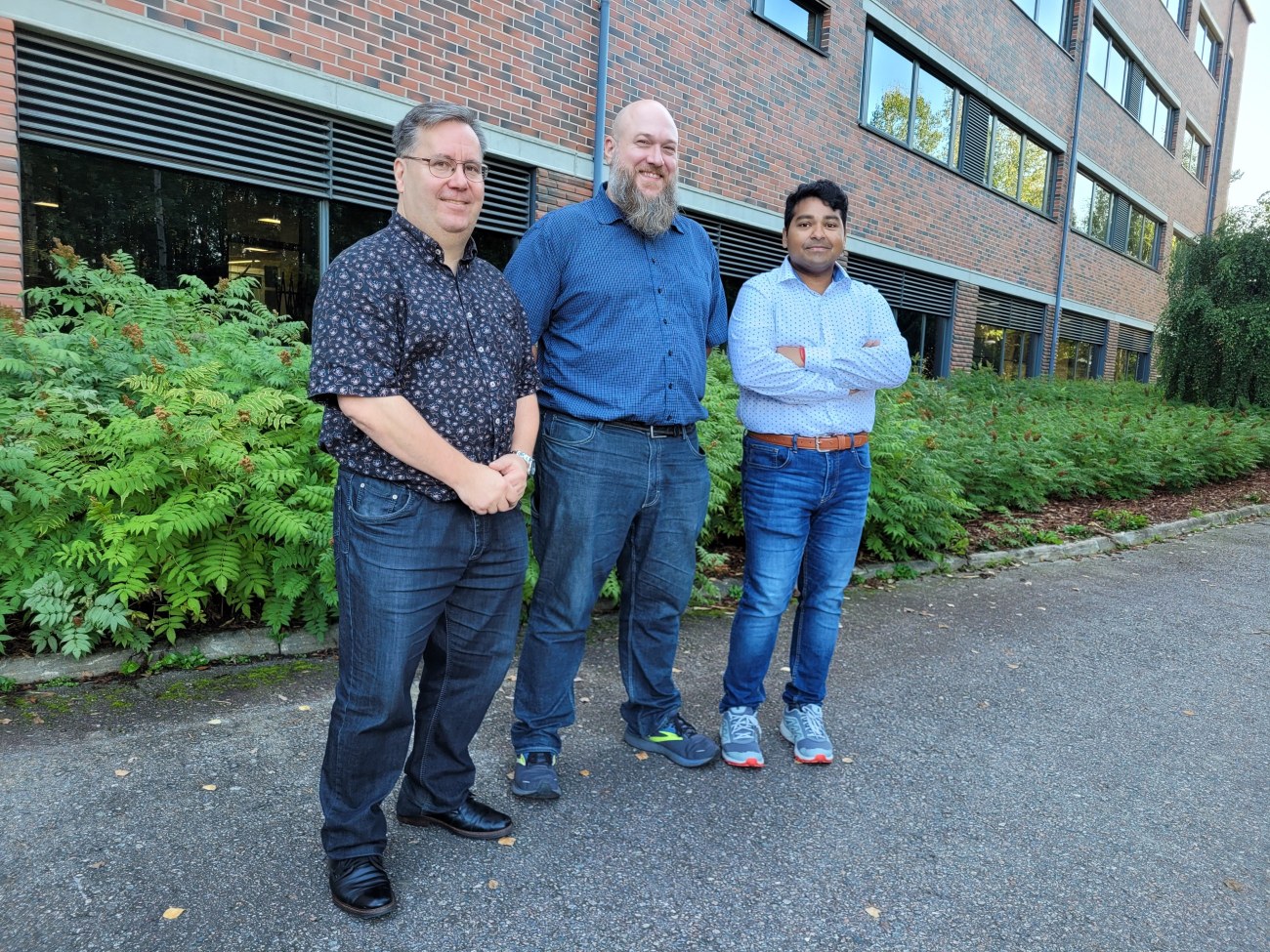Wireless Systems and Antennas training provided new skills for working life

How many antennas do you think you have in your home?
The answer is probably dozens. In the past, the antenna could only be found on the roof of the house, but nowadays they are found in all devices that are wirelessly connected to each other.
– Even one mobile phone can have ten antennas, says industrial technology lecturer Ari Rantala from Tampere University of Applied Sciences.
Tree - Continuing Education organized a new training in Tampere from March 11 to September 6, 2024, which focused on wireless systems and antennas. The training funded by the ELY Center was aimed at technical graduates who are looking for new challenges and opportunities in working life.
The goal of the course was to train professional experts in wireless systems and antennas who are able to plan, implement and test various wireless solutions. In addition, the training strengthened the students' professional networking with companies.
– The wish for the training came from the companies, and the companies were also closely involved in the planning and implementation of the course, says account manager Johanna Koivulampi-Howard from TAMK.
One of the companies that participated in organizing the course was Tampere-based antenna designer Randientum. According to CEO Jukka Sjöstedt, the course derived from the genuine need of companies to find more experts in the field for work.
Sjöstedt believes that the training will be useful in the working career of the participants more broadly.
– The basis that has been studied here in theory can be used in a wide variety of tasks, he says.

Theory and practical training
Jussi Nieminen, Andy Van Gelder and Dipanjan Das participated in the training together with ten other students. They feel that they have gained new skills and networks from the course, which will be very useful for them in the future.
Jussi Nieminen is a telecommunications and network expert by background. However, he hadn't gotten to know antennas and wireless systems in such depth before.
Nieminen especially praises the opportunity to practice with a simulation program, which the consulting company PLM Group made possible for the course.
– The theoretical part of the course was good and the practical exercises were really good, but the simulation tool exercises were absolutely great, he praises.
Andy Van Gelder moved from the United States to Finland in 2013, when he was working on communication technology in a defense industry project. Here he became a father, and he wanted to stay in Finland even after the project ended.
The TE office suggested that the Wireless Systems and Antennas training could be an interesting opportunity for Van Gelder. The man himself agreed.
– I got to look at wireless systems from a different perspective than before. It was interesting to learn the physics behind the things I've been using for the past 25 years.
Dipanjan Das moved from India to Finland eight years ago. He studied photonics at the University of Eastern Finland and then worked at the university as a researcher. Now he lives in Tampere and is looking for new job opportunities.
Das found the internship at a local company included in the course particularly useful.
– At work, we learned not only technical skills, but also sales, marketing and business economics. These skills cannot be learned only at school, he points out.

Flexible bilingual education
Wireless Systems and Antennas training was organized in both Finnish and English. The main language of teaching was English, but the assignments could also be returned in Finnish.
Johanna Koivulampi-Howard sees that flexible bilingualism could be a good way of working in other workforce training courses in the future, too.
– The English language made it possible for international experts to participate in the course. On the other hand, the opportunity to use Finnish perhaps lowered the threshold of Finns to participate, she reflects.
The students also received career guidance during the course. With international participants, career guidance focused especially on Finnish working life and its requirements. With the Finnish participants, personal motivation and career direction were discussed more.
According to lecturer Ari Rantala, it was a pleasure to teach the group.
– It is rare to teach students as motivated and enthusiastic as this group. Before I could finish the sentence, someone already answered the question, he laughs.
Author: Virpi Ekholm





